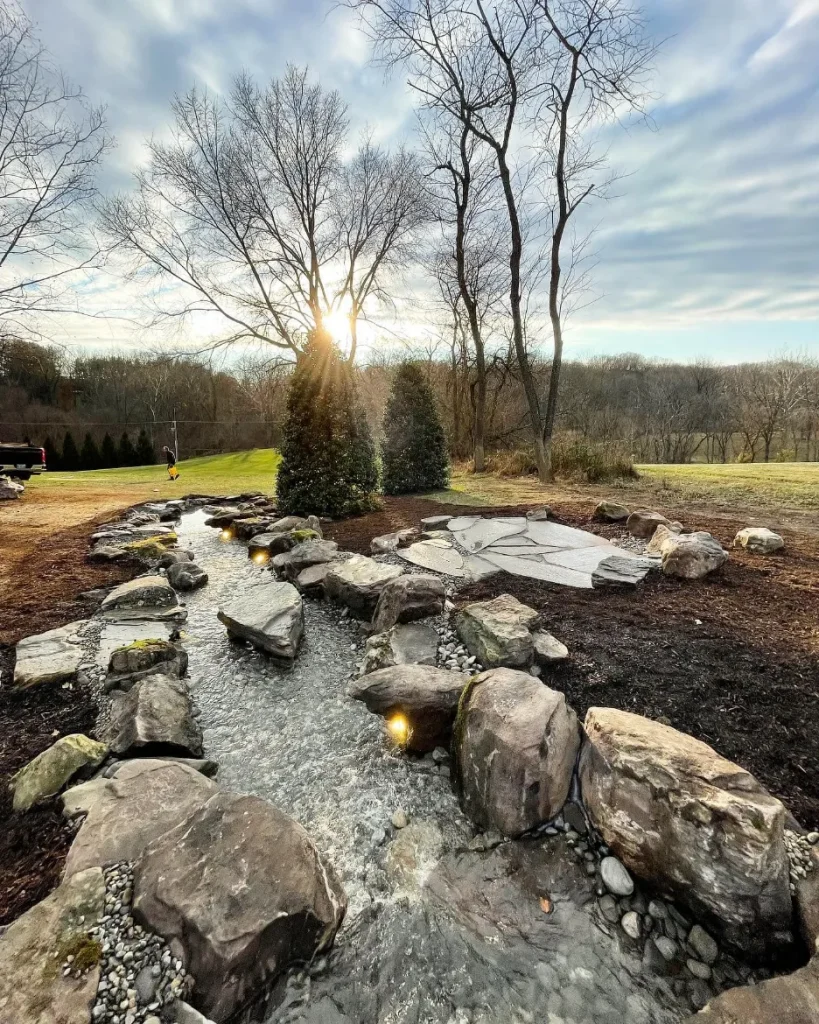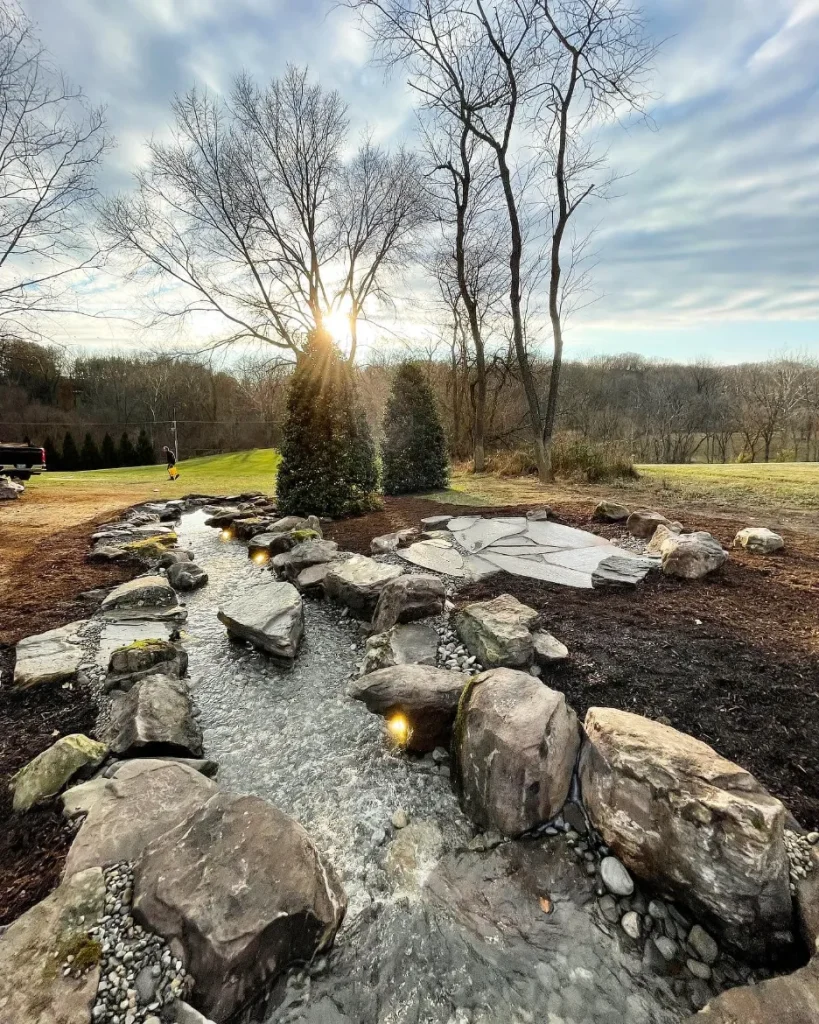Welcome to our comprehensive guide on how to build a natural stream pond in your backyard or garden. Creating a natural stream pond can bring a touch of tranquility and beauty to your outdoor space, attracting wildlife and providing a serene oasis for relaxation. Follow these steps to create your very own natural stream pond.

Credit: www.youtube.com
Step 1: Planning and Design
Before you start digging, take the time to plan and design your natural stream pond. Consider the size and shape of the pond, the flow of the stream, and the placement of rocks and plants. Create a detailed sketch or blueprint to guide you through the construction process.
Step 2: Choosing a Location
Find a suitable location for your natural stream pond. Ideally, the site should have access to sunlight for at least part of the day and be free from overhanging trees or roots that could interfere with the construction. Ensure that the ground is level and stable.
Step 3: Digging the Pond
Start by outlining the shape of the pond using spray paint or a garden hose. Use a shovel or excavator to dig out the pond, creating a shallow area for plants and a deeper section for the stream. Slope the edges of the pond to create a natural look.
Step 4: Installing the Liner
Once the pond is dug, install a rubber pond liner to prevent water from seeping into the soil. Make sure the liner is securely in place and smooth out any wrinkles or folds. Trim off any excess liner around the edges of the pond.

Credit: premierpond.com
Step 5: Creating the Stream
Use a flexible PVC pipe to create the stream that will connect to the pond. Position the pipe along the desired path of the stream, making sure to create curves and bends for a natural look. Cover the pipe with rocks and gravel to disguise it.
Step 6: Adding Rocks and Plants
Enhance the natural look of your stream pond by adding rocks and plants along the edges of the pond and stream. Use a variety of sizes and shapes of rocks to create a visually appealing landscape. Choose native plants that thrive in wet environments.
Step 7: Filling the Pond
Once all the elements are in place, fill the pond with water. Use a garden hose to slowly fill the pond, allowing the water to settle and the liner to adjust. Add a dechlorinator to the water to make it safe for fish and other aquatic life.
Step 8: Maintaining Your Natural Stream Pond
Regular maintenance is essential to keep your natural stream pond healthy and beautiful. Remove debris such as leaves and twigs, check the water quality regularly, and monitor the plants and fish for signs of distress. Consider adding a pump or filter to keep the water clean.
Benefits of a Natural Stream Pond
Building a natural stream pond in your garden can offer a range of benefits, including:
- Creating a peaceful and relaxing outdoor space
- Attracting birds, butterflies, and other wildlife
- Improving the aesthetic appeal of your garden
- Providing a natural habitat for fish and aquatic plants
- Increasing the value of your property
Conclusion
Building a natural stream pond is a rewarding project that can enhance the beauty and tranquility of your outdoor space. By following these steps and incorporating natural elements into your design, you can create a stunning water feature that will bring joy and relaxation for years to come.





